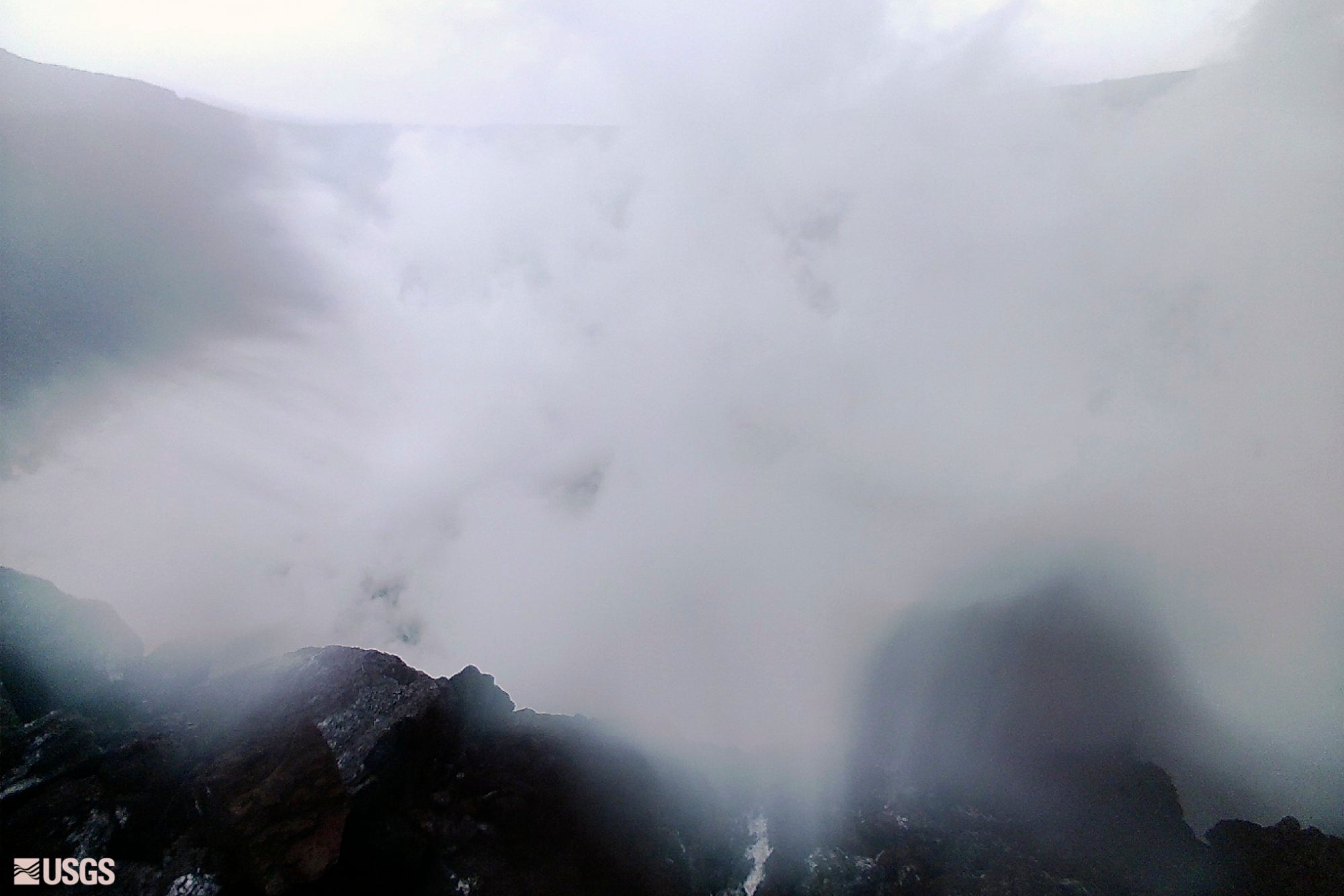Storm sweeps Hawaii, brings threat of ‘catastrophic’ floods
A strong storm packing high winds and extremely heavy rain has flooded roads and downed power lines and tree branches across Hawaii

Your support helps us to tell the story
From reproductive rights to climate change to Big Tech, The Independent is on the ground when the story is developing. Whether it's investigating the financials of Elon Musk's pro-Trump PAC or producing our latest documentary, 'The A Word', which shines a light on the American women fighting for reproductive rights, we know how important it is to parse out the facts from the messaging.
At such a critical moment in US history, we need reporters on the ground. Your donation allows us to keep sending journalists to speak to both sides of the story.
The Independent is trusted by Americans across the entire political spectrum. And unlike many other quality news outlets, we choose not to lock Americans out of our reporting and analysis with paywalls. We believe quality journalism should be available to everyone, paid for by those who can afford it.
Your support makes all the difference.A strong storm packing high winds and extremely heavy rain flooded roads and downed power lines and tree branches across Hawaii with officials warning Monday of potentially worse conditions ahead.
The National Weather Service said the storm brings the threat of “catastrophic flooding” in the coming days as a low pressure system slowly moves from east to west and lingers on the edge of the archipelago.
“Now is the time to make sure you have an emergency plan in place and supplies ready should you need to move away from rising water,” Gov. David Ige said in a statement.
On Maui power outages and flooding already have been reported, with more than a foot (30 centimeters) of rain in some areas. Big Island Mayor Mitch Roth declared a state of emergency Sunday for potentially heavy rainfall.
On Oahu, officials opened four shelters ahead of the storm Sunday night.
All islands still face the threat of flash flooding, lightning strikes, landslides and strong winds over the next two days, according to the National Weather Service.
Oahu and Kauai could see the brunt of the storm Monday and Tuesday. But for Maui and the Big Island, which have already been soaked, “it’s not going to take a lot of additional rain to really lead to big problems,” National Oceanic and Atmospheric Administration meteorologist Robert Ballard said.
The winter weather system known as a “Kona low” prompted emergency alerts throughout the weekend while delivering wind, rain and even blizzard conditions at some of Hawaii's highest elevations.
A weekend blizzard warning was issued for the state's highest peak, on the Big Island.
Snow is not rare at the summit of Mauna Kea which is nearly 14,000 feet (4,270 meters) high. The last time there was a blizzard warning for the summit was in 2018. No residents live at the summit, but there are telescope observatories and other offices where officials work.
The weather service said there were reports of 8 inches (20 centimeters) of snow on the road below the top of Mauna Kea, and officials were working to get to the summit to get more measurements. The forecast was for a foot of snow at the mountain's peak.
There were also strong winds, with gusts of nearly 90 mph (138 kph) recorded atop Mauna Kea.
Other areas at lower elevations also saw strong winds, with gusts above 50 mph (80 kph) recorded at several locations across the state, according to weather officials.
Kona low is a type of low pressure system that forms near Hawaii during the winter season, and it has some unique meteorological characteristics, said Ballard, the National Weather Service’s science and operation officer in Hawaii.
“What we tend to see are a tremendous amount of tropical moisture gets drawn up from equatorial regions. Kona lows tend to move slowly and so they can keep heavy rain and thunder showers focused over one area for a prolonged amount of time, and they can also cause pretty strong to damaging winds,” Ballard said.
Hawaii has aging dams across the state that have been problematic during previous storms. In 2006, an earthen wall of Kauai's Kaloko Reservoir collapsed during heavy rain and sent a wave of water and mud rushing down a hillside. Seven people, including a pregnant woman, were killed.
Rainfall in March caused fears that a dam had breached on Maui when floodwaters destroyed homes and inundated roadways. The same storm system brought damaging floods to Oahu and a landslide on Kauai.
Ballard said other state and federal agencies monitor dams, but that these are the conditions that people need to be cautious of.
“It’s just a situation that we need to continue to monitor and be aware of and make sure that folks understand that this is the type of situation where we can get flash flooding that happens very, very suddenly," Ballard said.